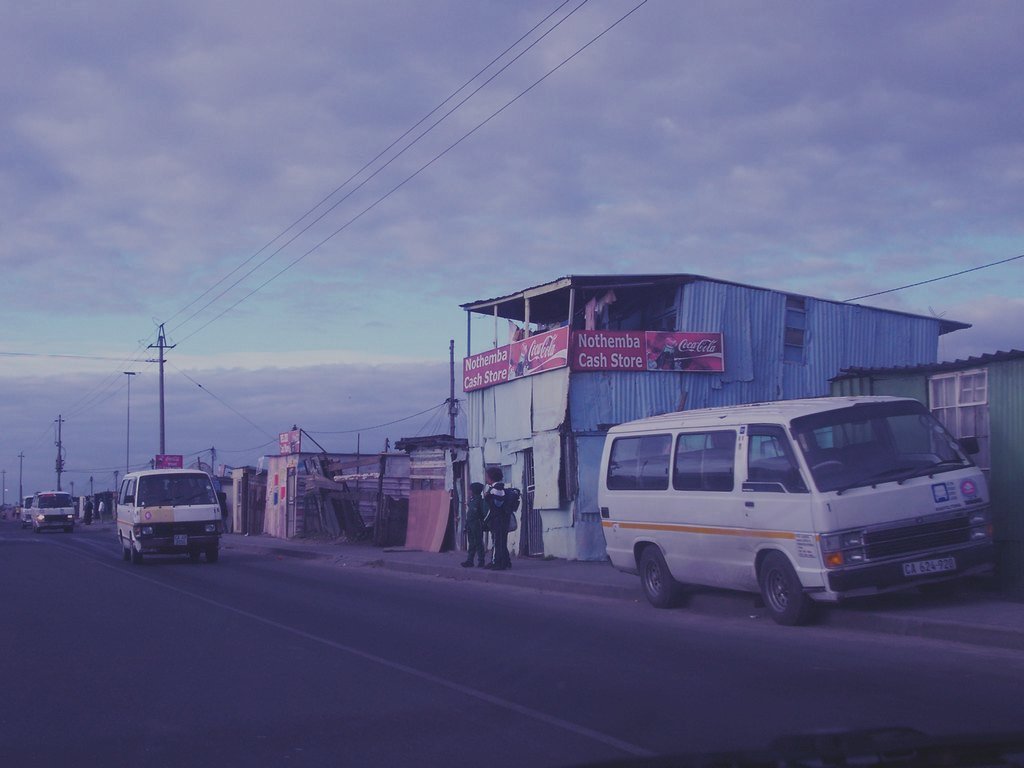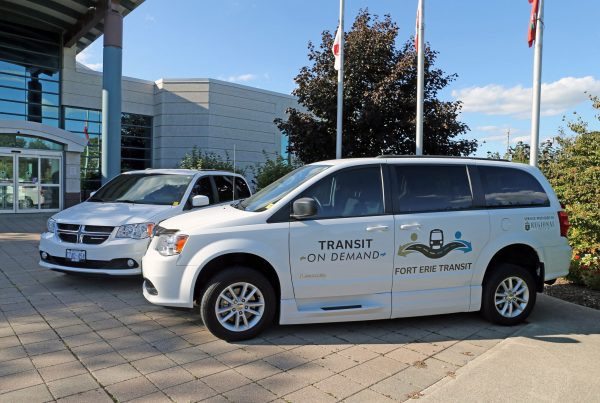South African minibus taxis, known as kombis, are the most popular form of public transit in the country, every day they move over 60% of South African commuters. The minibus industry developed informally during and after apartheid, and over the past 30 years it has grown considerably while still maintaining its informality. This has led to several very bad outcomes; such as decades of brutal violence between mafia-like taxi companies, called “taxi wars”. Unregulated competition also encourages speeding, signal jumping, unsafe stopping, boarding and unloading in traffic lanes and favouring lucrative routes over all others. There is also a dearth of information for operators, managers and governments as the whole system is cash based and decentralized. Individual ownership is jealously guarded, there is little movement toward larger organizational units and any invasive or inconvenient regulations tend to be ignored.
South African policymakers have concluded that changing the minibus taxi ecosystem that has evolved is not possible in any reasonable time frame. Some of the more optimistic reformers suggest a limited goal of encouraging them to act as feeders to municipal run rapid bus transit. However, some taxi companies are so protective of their markets that they attack any buses that would threaten ridership on their routes. It is anarchy on the streets, but an anarchy that seems to serve the purposes for the majority of South African commuters and taxi operators.

This is where the auto-rickshaws of India can provide us a better example of organization even in a chaotic environment. A recent study by EMBARQ found that in six Indian cities there were 330,000 auto-rickshaws serving a population of 45 million people. The average cost for an 8 km (5 mile) ride was US$1.32. Not only are Indian auto-rickshaws incredibly plentiful and cheap; they are beginning to be organized with technology. Commercial startups have put up call centers across India to connect customers with fleets of auto-rickshaws which have onboard GPS and mobile communication devices. It is already possible, using mobile devices and special apps for clients to directly communicate with drivers. This is an example demand-response transit that is considered the cutting edge of the people transportation industry and it is happening all over the developing world.
Imagine a public transit system where drivers have GPS enabled smartphones and use simple software to connect them to clients; who have either contacted them through their own devices or through a central booking service. This system would not entirely destroy the informality of South Africa’s minibus taxis, it would also not prevent taxi companies from going to war. But it would be a progressive evolution of the industry that would be in the stakeholders and customers best interests. Technology could turn the kombis chaos into an orderly demand-response transit system, and it could do it through the logic of competition.
The beauty of technology is it does not have to be driven by top-down, regulatory edicts. It is adopted when it makes economic sense. The bottom line is what businesses care about. It’s why taxi companies fight wars and why low-tech rickshaws are using high-tech smartphones. If applying technology can improve the bottom line are you going to wait for regulators to do it for you and all your competitors? Or will you take action and create solutions to the transit problems of the world so you can beat the competition? If you like the sound of that or if you have any ideas about changing public transit, let us know in the comments at our blog: www.pantonium.com/blog.





